
How to Choose the Best Iron Castor Wheels for Your Needs
When it comes to selecting the ideal Iron Castor Wheels for your specific requirements, understanding the nuances of these essential components is crucial. According to the Global Industrial Wheels Market report by ResearchAndMarkets, the demand for durable and high-load capacity wheels, such as those made from iron, is projected to grow at a CAGR of 4.5% through 2025. This growth is attributed to increased industrial activities and the need for robust mobility solutions across various sectors, including manufacturing, logistics, and healthcare.
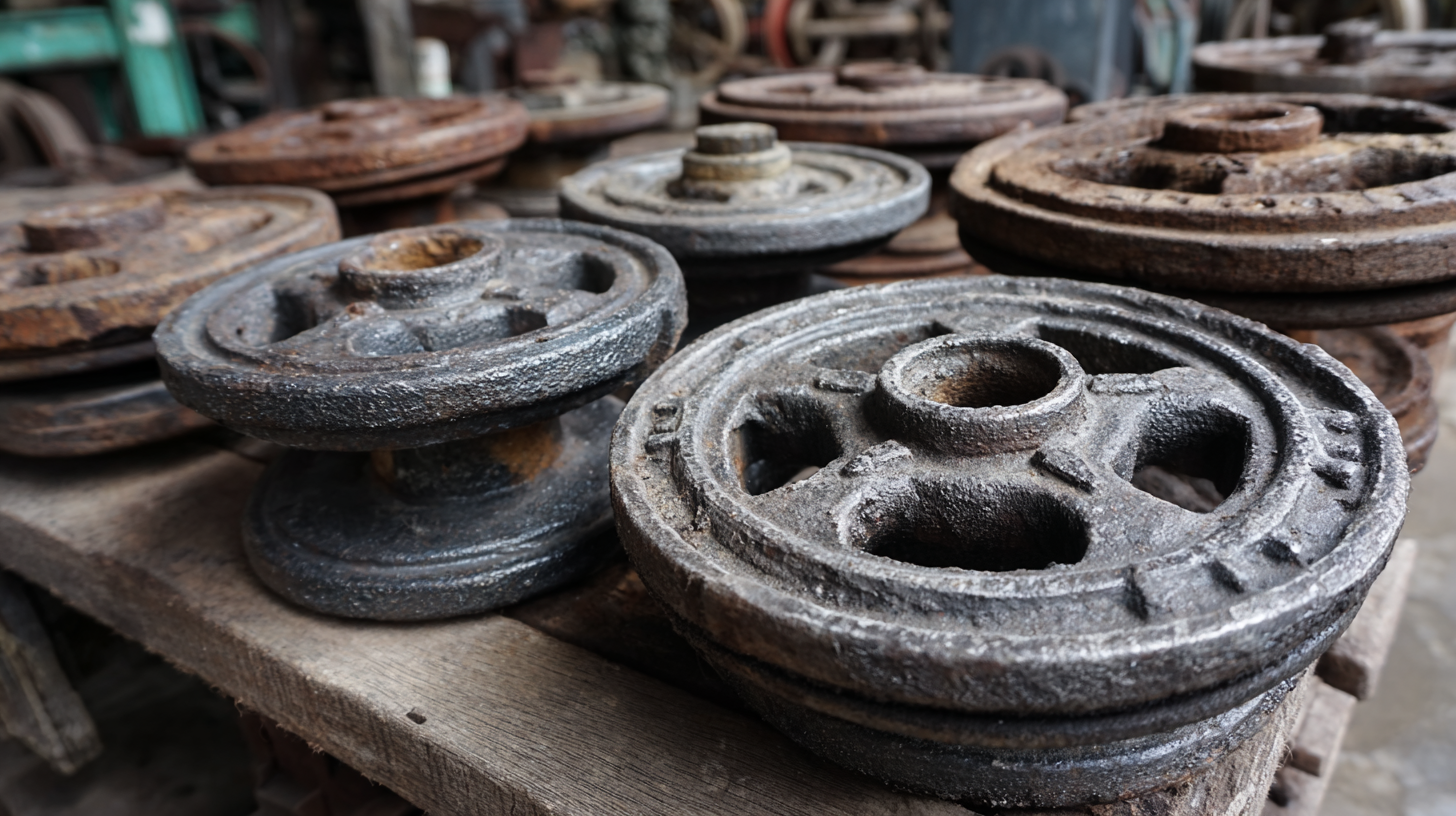 Iron Castor Wheels not only offer enhanced strength and resilience but also excel in heavy-duty applications, making them a preferred choice for businesses seeking to optimize operational efficiency. However, with a plethora of options available, knowing how to effectively evaluate and choose the best Iron Castor Wheels is paramount to achieving both performance and reliability in your operations.
Iron Castor Wheels not only offer enhanced strength and resilience but also excel in heavy-duty applications, making them a preferred choice for businesses seeking to optimize operational efficiency. However, with a plethora of options available, knowing how to effectively evaluate and choose the best Iron Castor Wheels is paramount to achieving both performance and reliability in your operations.
Factors to Consider When Selecting Iron Castor Wheels
When selecting iron castor wheels, several critical factors must be considered to ensure you choose the best option for your specific needs. First and foremost, load capacity is essential; each wheel should be able to support the weight it will bear without compromising safety or performance. Assess the total load you expect the wheels to handle, including the weight of the items being moved and any potential additional weight during operation. This ensures that the wheels will function efficiently over time.
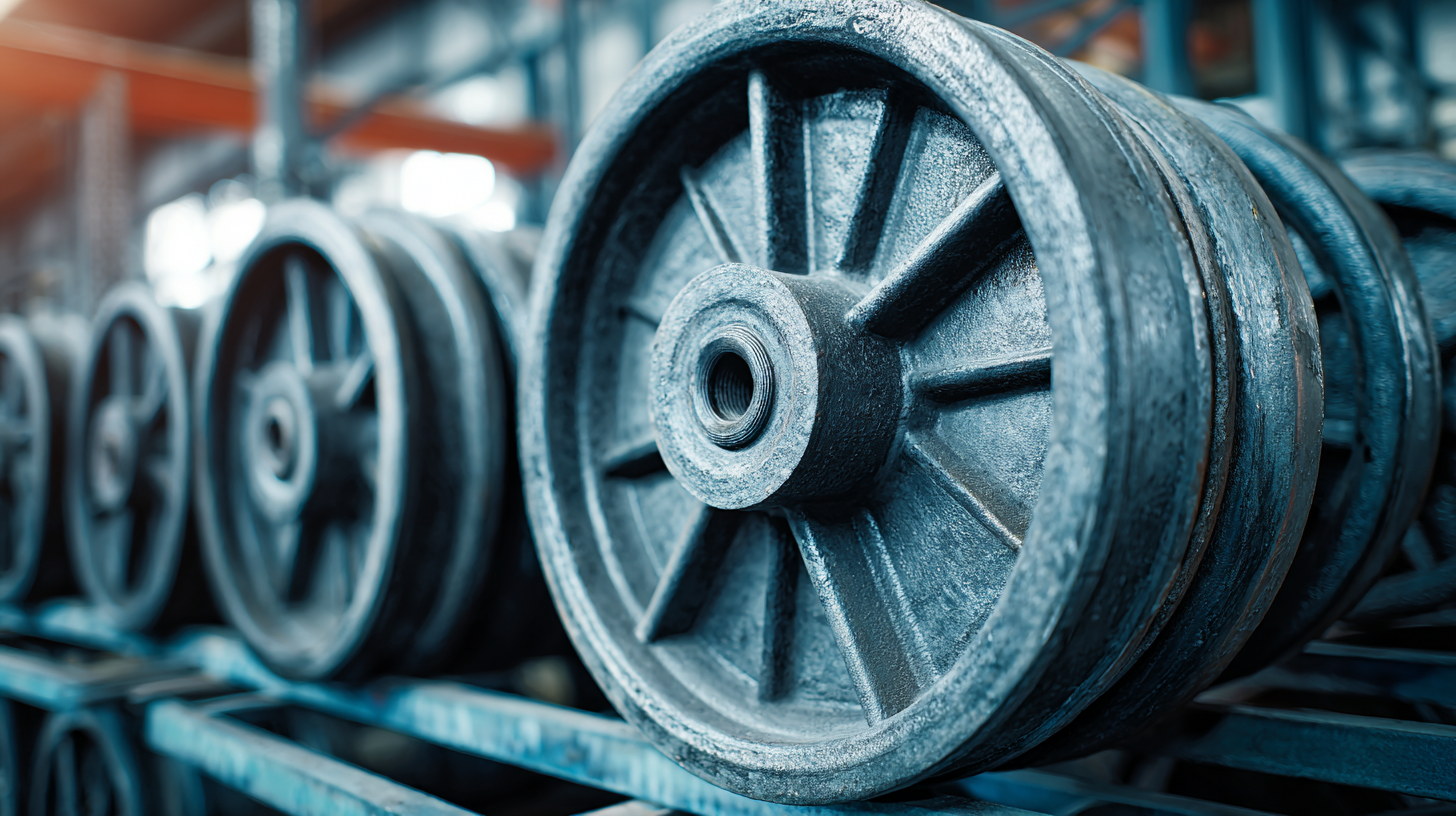
Types of Iron Castor Wheels Available in the Market
When selecting iron castor wheels, it's essential to consider the various types available in the market. Generally, iron castor wheels can be categorized into several types based on their construction and intended use. The most common types are solid iron wheels, which provide exceptional durability and strength, making them ideal for heavy-duty applications. A 2022 market report by Global Market Insights noted that the demand for heavy-duty castor wheels has increased by 12% year over year, largely due to their reliability in industrial settings.
Another option is the rubber-coated iron wheels, which combine the robustness of iron with a layer of rubber. This design helps to minimize noise and provide better traction on various surfaces. According to a recent study by the Castor Wheel Association, installations using rubber-coated iron wheels reported a 30% reduction in noise levels compared to solid iron alternatives.
**Tips:** When choosing the right type of iron castor wheel, assess the weight capacity and surface the wheels will be used on. For more flexibility, opt for swivel wheels, but ensure they have a locking mechanism for stability when needed. Additionally, always consider the wheel diameter, as larger wheels provide smoother movement over uneven surfaces.
Types of Iron Castor Wheels Available in the Market
This chart illustrates the different types of iron castor wheels available in the market and the number of products available for each type. It helps users understand the variety in options such as light duty, medium duty, heavy duty, industrial, and with brakes.
Determining the Load Capacity Requirements for Your Application
When selecting iron castor wheels, understanding the load capacity requirements for your application is crucial. Load capacity refers to the maximum weight the wheels can support safely without compromising their structural integrity. To determine the appropriate capacity, first assess the total weight of the equipment or furniture that will be mounted on the wheels. Be sure to include any additional weight, such as contents or accessories that may be added later.
Tips: Always choose castor wheels with a load capacity that exceeds your total weight calculation by at least 25%. This safety margin accounts for unexpected weight increases and ensures long-term durability. You should also consider the wheel's diameter, as larger wheels can distribute weight more evenly and make maneuvering easier, especially on uneven surfaces.
Furthermore, the material of the surface you'll be rolling over can influence your choice. Heavy-duty castor wheels may be necessary for rough or abrasive surfaces, while lighter options might suffice for smooth floors. Take into account the environment as well; for instance, choose wheels that are resistant to corrosion if they will be used in humid or wet conditions.
Surface Compatibility: Choosing Wheels for Different Flooring Types
When selecting iron castor wheels, one of the key factors to consider is surface compatibility. Different flooring types, such as hardwood, tile, carpet, and concrete, require specific wheel characteristics to ensure optimal performance and prevent damage. For instance, softer wheels are ideal for hard surfaces like hardwood and tile, as they can help prevent scratches while offering smooth mobility. Conversely, harder wheels work better on carpet, as they can roll more easily over the fibers without sinking in.
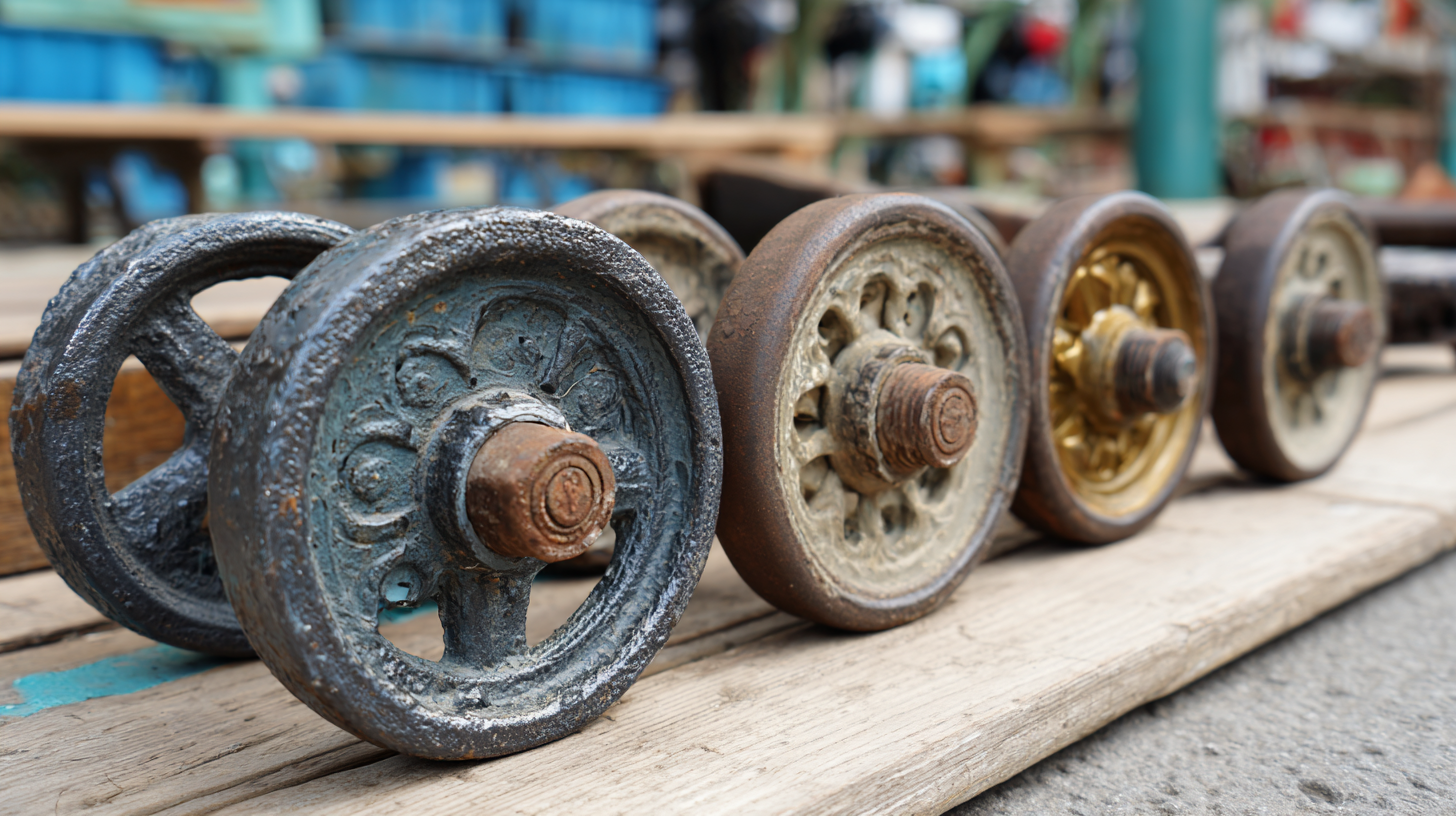
Understanding the weight capacity of the wheels in relation to your flooring is equally important. Heavier loads may damage delicate surfaces, so choosing wheels that distribute weight effectively is crucial. Additionally, some flooring types may benefit from wheels with a larger diameter, providing reduced rolling resistance and ease of movement. By considering the specific needs of your floors and the intended use of the castor wheels, you can ensure that your choice enhances both functionality and protects your surfaces.
Understanding Wheel Size and Its Impact on Mobility and Stability
When selecting the best iron castor wheels, understanding the wheel size is crucial as it significantly impacts both mobility and stability. Larger wheels typically provide better maneuverability over rough surfaces, making them ideal for applications like indoor mobility aids, where smoother transitions are necessary. Conversely, smaller wheels may be more appropriate for stable, controlled environments, such as office furniture, where space is limited.
**Tips:** Always consider the surface on which the wheels will be used. For uneven terrain, opt for larger wheels with a wider tread. If you require a quieter operation, look for models with rubber or polyurethane surfaces, which can minimize noise and protect flooring. Additionally, check the weight capacity of the wheels to ensure they can handle the load of the items being moved.
With the rise of innovative mobility solutions, such as Mecanum wheels allowing for omnidirectional movement, the design and functionality of castor wheels are evolving. As shown in recent studies, advancements in wheel technology are enhancing maneuverability while also addressing safety concerns, ensuring that users—especially older adults—can navigate their environments more effectively and with reduced risk of falling.
How to Choose the Best Iron Castor Wheels for Your Needs - Understanding Wheel Size and Its Impact on Mobility and Stability
| Wheel Size (inches) | Load Capacity (lbs) | Diameter Impact on Mobility | Diameter Impact on Stability |
|---|---|---|---|
| 3" | 300 | Best for flat surfaces | Less stable on uneven ground |
| 4" | 400 | Good balance of mobility | More stable on various terrains |
| 5" | 500 | Easier navigation on rough surfaces | Stable even when loaded |
| 6" | 600 | Ideal for outdoor use | High stability under heavy loads |
| 8" | 800 | Best for uneven surfaces | Excellent stability |
Related Posts
-

Innovative Solutions for Heavy Castor Wheels Comparison Guide for Global Buyers
-
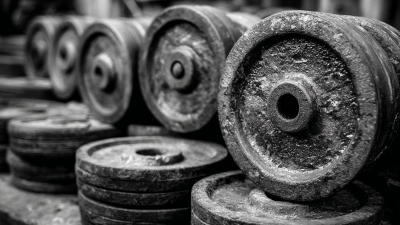
7 Essential Tips for Choosing the Best Heavy Castor Wheels for Your Needs
-
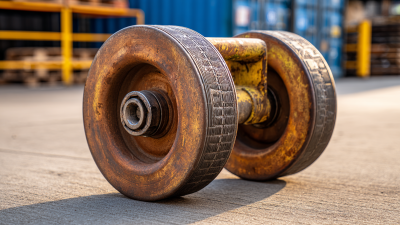
What is the Importance of Heavy Castor Wheels in Industrial Applications
-

Overcoming Common Issues: How Heavy Castor Wheels Solve Your Transportation Problems
-

10 Essential Tips for Choosing the Best Stainless Casters for Your Business
-
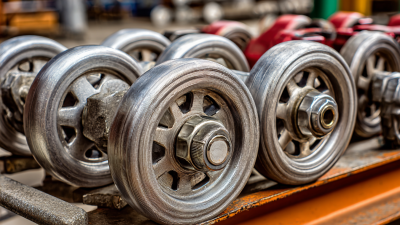
Ultimate Guide to Choosing the Right Stainless Casters for Your Needs
